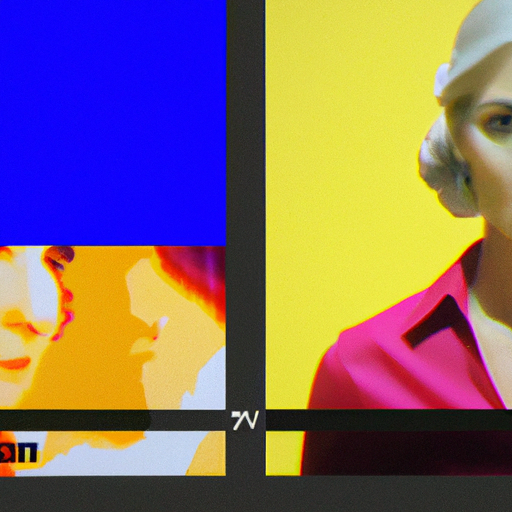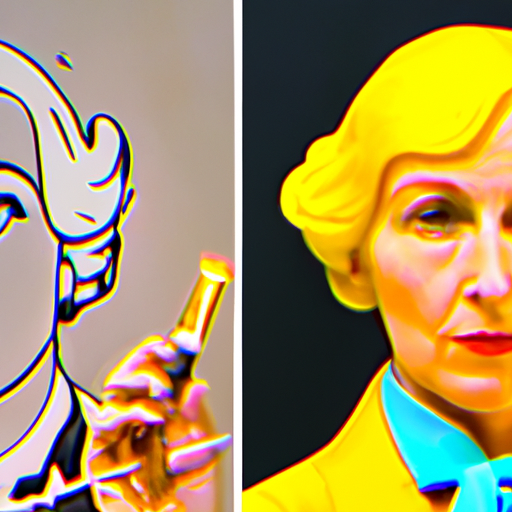
-
Table of Contents
Digital Art vs. Traditional Art: Pros and Cons for Designers

Art has been an integral part of human culture for centuries, serving as a medium for self-expression, storytelling, and communication. With the advent of technology, the art world has witnessed a significant shift from traditional art forms to digital art. This transition has sparked a debate among artists and designers about the pros and cons of digital art compared to traditional art. In this article, we will explore the advantages and disadvantages of both digital and traditional art for designers, providing valuable insights into the evolving landscape of art and design.
1. Accessibility and Convenience
One of the key advantages of digital art is its accessibility and convenience. With the rise of digital tools and software, artists can create and manipulate their artwork on a computer or tablet, eliminating the need for physical materials and studio space. This accessibility allows designers to work from anywhere, making it easier to collaborate with clients and other artists remotely. Additionally, digital art offers the convenience of undoing mistakes and experimenting with different techniques without the fear of ruining the artwork.
On the other hand, traditional art requires physical materials such as paint, brushes, and canvases, which can be expensive and require storage space. Artists working with traditional mediums also need a dedicated studio space with proper ventilation and lighting. Moreover, mistakes in traditional art are not easily rectifiable, and artists must start over or find creative ways to incorporate them into the final piece.
2. Versatility and Experimentation
Digital art provides designers with a wide range of tools and techniques that allow for greater versatility and experimentation. With digital software, artists can easily manipulate colors, shapes, and textures, creating unique and visually stunning effects. They can also experiment with different styles and mediums, combining traditional art techniques with digital elements to create hybrid artworks.
Traditional art, on the other hand, offers a tactile experience that cannot be replicated digitally. Artists can physically interact with the materials, feeling the texture of the paint and the resistance of the canvas. This hands-on approach allows for a deeper connection with the artwork and can result in more organic and expressive creations.
3. Preservation and Reproduction
Digital art has a significant advantage when it comes to preservation and reproduction. Unlike traditional art, which is susceptible to damage from environmental factors and aging, digital art can be easily stored and reproduced without any loss in quality. This makes it easier for artists to share their work online, reach a wider audience, and sell prints or digital copies of their artwork.
Traditional art, on the other hand, requires careful handling and preservation techniques to ensure its longevity. Original artworks can deteriorate over time, and reproducing them accurately can be challenging. However, the uniqueness and scarcity of traditional art can also increase its value, making it more desirable for collectors and art enthusiasts.
4. Cost and Affordability
When it comes to cost, digital art has a clear advantage over traditional art. Digital tools and software are generally more affordable compared to traditional art supplies. Artists can save money on materials and equipment, especially when starting out or experimenting with different styles and techniques. Additionally, digital art eliminates the need for framing and shipping, further reducing costs.
Traditional art, on the other hand, can be expensive, especially for artists who work with high-quality materials or large-scale projects. The cost of paints, brushes, canvases, and other supplies can add up quickly. Framing and shipping original artworks can also be costly, especially for international sales. However, the value and potential return on investment for traditional art can be higher, especially for established artists.
5. Audience Engagement and Interaction
Digital art offers unique opportunities for audience engagement and interaction. Artists can easily share their work on social media platforms, websites, and online galleries, reaching a global audience instantly. They can also receive immediate feedback and comments from viewers, allowing for a more interactive and collaborative experience.
Traditional art, on the other hand, often requires physical exhibitions or galleries for artists to showcase their work. While these events provide a more immersive experience for viewers, they are limited by geographical constraints and require more effort to organize and promote. However, the physical presence of traditional art can create a deeper emotional connection with the audience, allowing them to appreciate the artwork in its intended form.
Summary
Both digital art and traditional art offer unique advantages and disadvantages for designers. Digital art provides accessibility, convenience, versatility, and the ability to easily preserve and reproduce artwork. It also offers cost savings and opportunities for audience engagement and interaction. On the other hand, traditional art offers a tactile experience, a deeper connection with the artwork, potential value appreciation, and a more immersive exhibition experience.
Ultimately, the choice between digital art and traditional art depends on the preferences and goals of the designer. Some may prefer the convenience and flexibility of digital tools, while others may value the authenticity and physicality of traditional mediums. However, it is important to recognize that both digital and traditional art have their place in the art world, and the best approach may involve a combination of both mediums.
